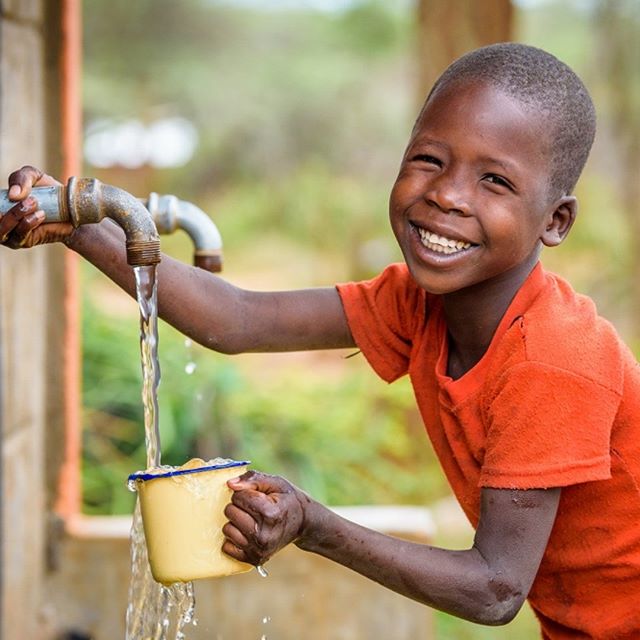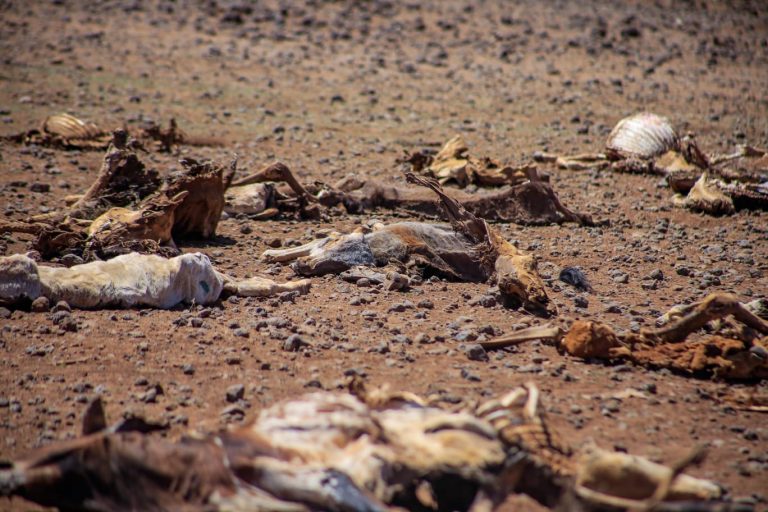In the heart of Kenya’s urban informal settlements, clean water, proper sanitation and hygiene infrastructure are not just a matter of public health—they are engines of peace, hope and dignity. In this article we explore how WASH slum development creates resilient communities, reduces conflict, and lays the groundwork for lasting social harmony.
A detailed explanation of WASH slum development and peacebuilding
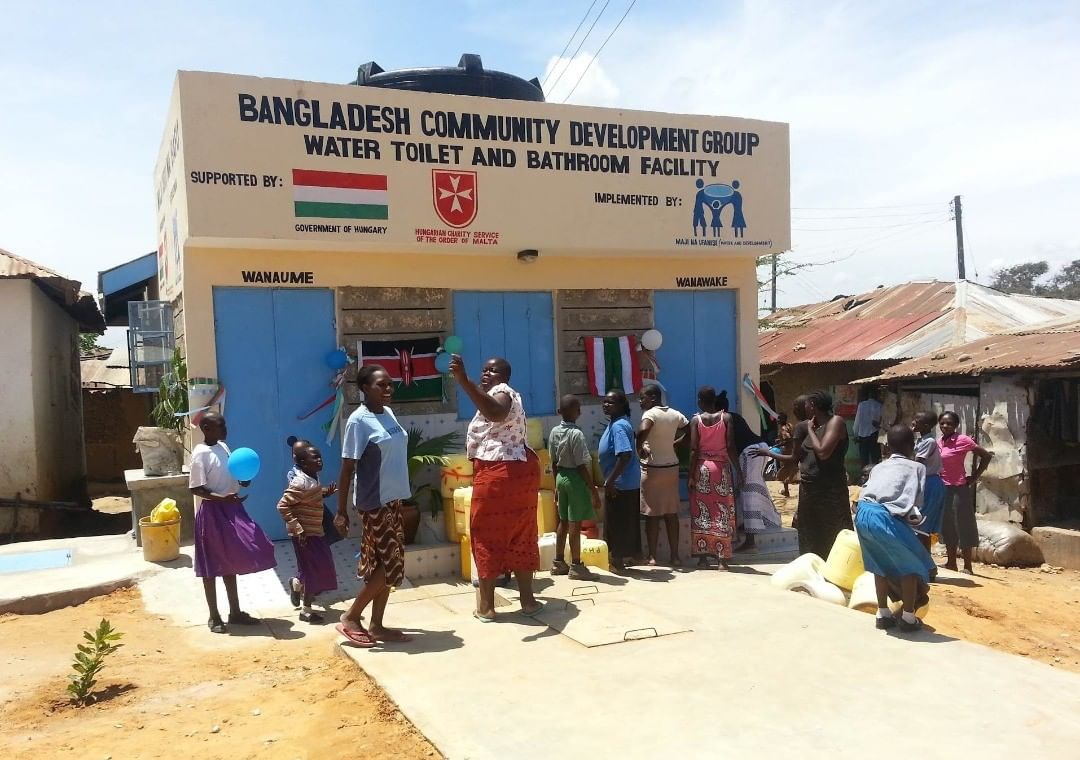
WASH slum development refers to targeted efforts to improve Water, Sanitation and Hygiene infrastructure in urban slums — meaning secure access to clean water, safe toilets or latrines, effective drainage, and hygiene education. In places like the informal settlements in Kenya, where overcrowding, marginalisation and resource‑scarcity prevail, WASH slum development becomes a powerful lever for stability.
When communities finally have reliable water points, functioning sanitation blocks and robust hygiene programmes, the ripple effects go far beyond health outcomes. They manifest in improved school attendance, better livelihoods, reduced tensions over scarce resources, greater civic pride—and as the evidence shows, deeper peace. In effect: WASH slum development becomes a peace‑building infrastructure.
Let’s unpack how.
The challenge of urban slums in Kenya
In Kenya, large urban informal settlements such as Kibera, Mukuru slums and many others host tens and sometimes hundreds of thousands of residents living in extreme density, scarce services and fragile living conditions.
As one source notes, about 46 % of urban Kenyans live in slum‑ or informal settlement conditions — a stark statistic pointing to the scope of the challenge.
Within these settings:
- Access to clean drinking water is limited; in Kibera one estimate suggested only 78 latrines served hundreds of thousands of people.
- Poor sanitation and drainage mean that flooding, disease and environmental degradation are constant threats.
- Social tensions, crime, competition for resources and exclusion are common. For example, peace‑building organisations note that in Kibera underlying issues of marginalisation, land tenure and access to services continue to fuel violence.
Thus, the context is ready for interventions that do more than basic service provision—they must also strengthen social cohesion, trust and a sense of shared future. That is where WASH slum development comes in.
How WASH slum development creates stability and dignity
Reduced water‑resource conflict
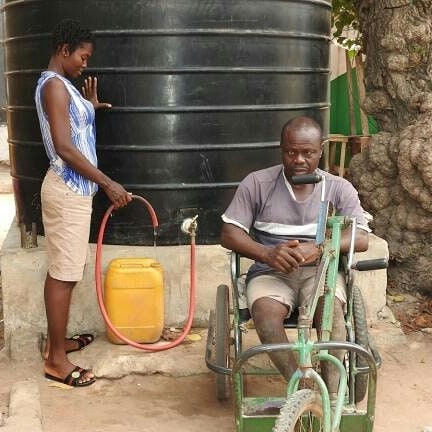
When clean water is scarce, households often compete—women may queue or walk long distances; children are sent to fetch water; community tensions arise over who uses taps and who pays. By implementing WASH slum development—new water kiosks, reliable supply, community‑managed taps—those tensions diminish. For instance, a major upgrading project by the Kenya Slum Upgrading Programme (KENSUP) and allied efforts show that infrastructure improvements ease burdens and free people from survival mode.
Improved sanitation = safer spaces
Safe, gender‑segregated sanitation facilities transform the environment. Women and girls in slums face particular risks when sanitation is lacking: walking out at night, using unsafe facilities, or practising “flying toilets”. Providing secure latrines, proper drainage and lighting not only improves hygiene but also reduces exposure to violence, thereby contributing to peaceful daily life.
Hygiene education = shared norms
WASH slum development isn’t only hardware. Education around hygiene, safe waste disposal, community water‑management creates shared norms of behaviour and mutual responsibility. When community members are trained, when committees manage facilities, when residents pay small user‑fees and feel ownership—social capital is built. Ownership fosters accountability and shared interest in peaceful functioning. The case of the Maji na Ufanisi‑led project in Kiambiu emphasised community governance structures, inclusive participation, and revenue models that sustained WASH improvements.
Economic and educational ripple effects
When children aren’t ill from waterborne disease, attendance improves. When women don’t spend hours fetching water, they can engage in income‑generating activity. The broader community becomes more stable. One major initiative, the Kenya Water, Sanitation and Hygiene (K‑WASH) Programme, addresses water/ sanitation in urban and rural counties, investing US$458 million.
Stable livelihoods and education reduce the risk of youth becoming drawn into gang activity or conflict, thereby amplifying the peace‑building effect of WASH slum development.
From service delivery to social peace — real‑world examples
Nairobi’s slum upgrading initiative
In Nairobi, the Kenya Informal Settlements Improvement Project II (KISIP II) is a Sh 578 million initiative (World Bank‑financed) that focuses on informal settlements such as Kayole Soweto, Kahawa Soweto, Embakasi Village and Mathare.
The project includes public washrooms, improved drainage and water purification systems. Officials described it as “more than infrastructure…it’s about livability, dignity and opportunity.” This kind of language underscores that improving WASH in slums is intrinsically tied to improving human relationships, dignity and peace.
Community‑driven model in Kiambiu
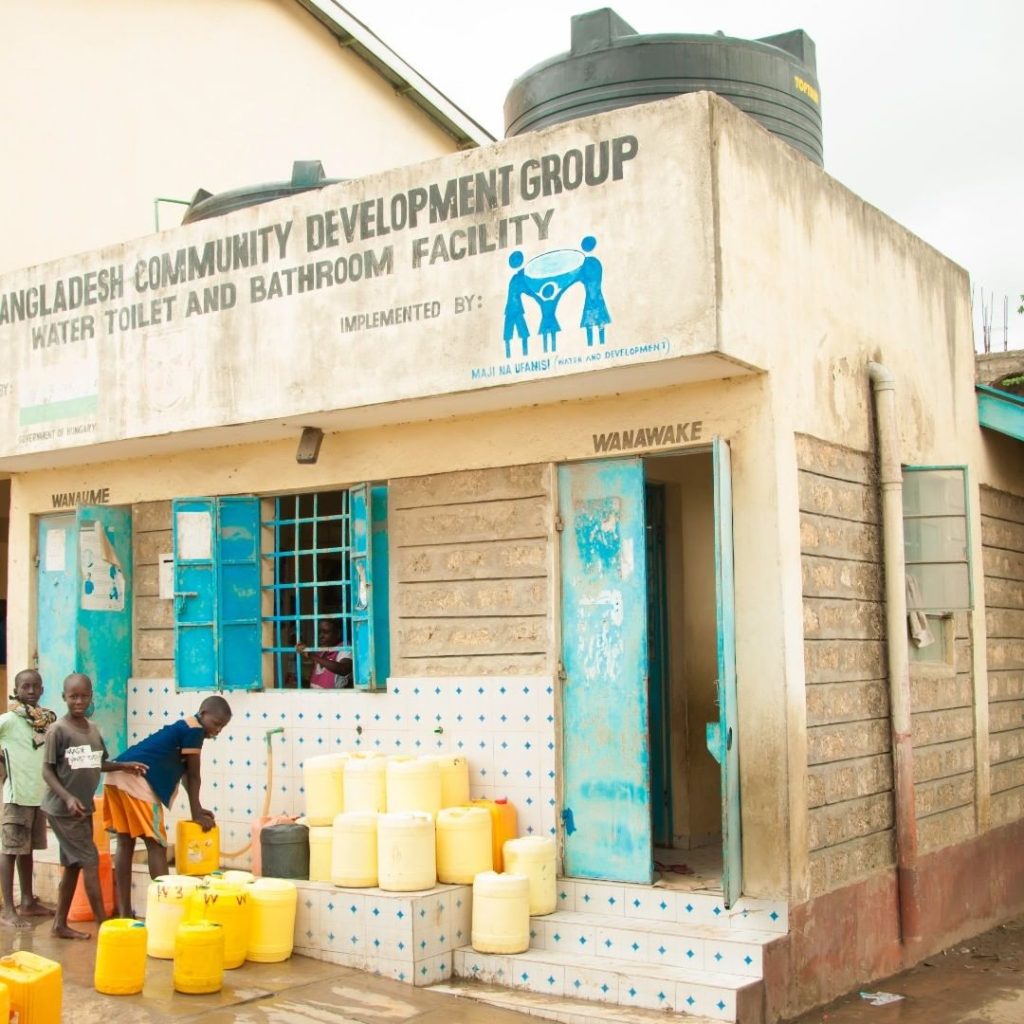
In Kiambiu (a settlement of Nairobi), Maji na Ufanisi’s work emphasised participatory planning, local labour, revenue‑models for sanitation blocks, inclusion of women and youth and community‑governance.
Key lessons: when residents are co‑owners of WASH slum development, trust rises, behaviours shift, communal maintenance happens and infrastructural gains consolidate into social gains. This shows how the focus keyword WASH slum development is not just service delivery—it becomes social infrastructure for peace.
The mechanisms by which WASH slum development builds peace
Reducing structural drivers of conflict
Many urban slums experience recurring conflict stemming from inequality, marginalisation, lack of basic services, youth exclusion and land tenure insecurity. By improving access to water, sanitation and hygiene, WASH slum development addresses one of the structural frustrations: “why do I live here with no services?” This structural change reduces grievances and the social fuel for conflict.
Building social capital and trust
Community‑managed WASH systems require collaboration—water committees, user groups, maintenance teams. These forums bring diverse residents together, create shared accountability and thereby strengthen social bonds. Social cohesion is an essential peacebuilding ingredient, and WASH slum development provides an enabling domain for it.
Empowering marginalised groups
In many slums, women, youth and minority groups are excluded from decision‑making. WASH slum development that intentionally includes these groups in planning, implementation and governance fosters empowerment. Empowerment leads to voice, agency, and peaceful participation rather than resentment or passive acceptance.
Enhancing resilience to shocks
Slums are especially vulnerable to climate‑change, flooding, disease outbreaks and informal‑settlement hazards. WASH slum development that improves drainage, safe water, hygiene education and sanitation contributes to resilience. Resilient communities are less likely to slide into conflict when shock hits—so peace is more sustainable.
Why WASH slum development must be quality‑driven and inclusive
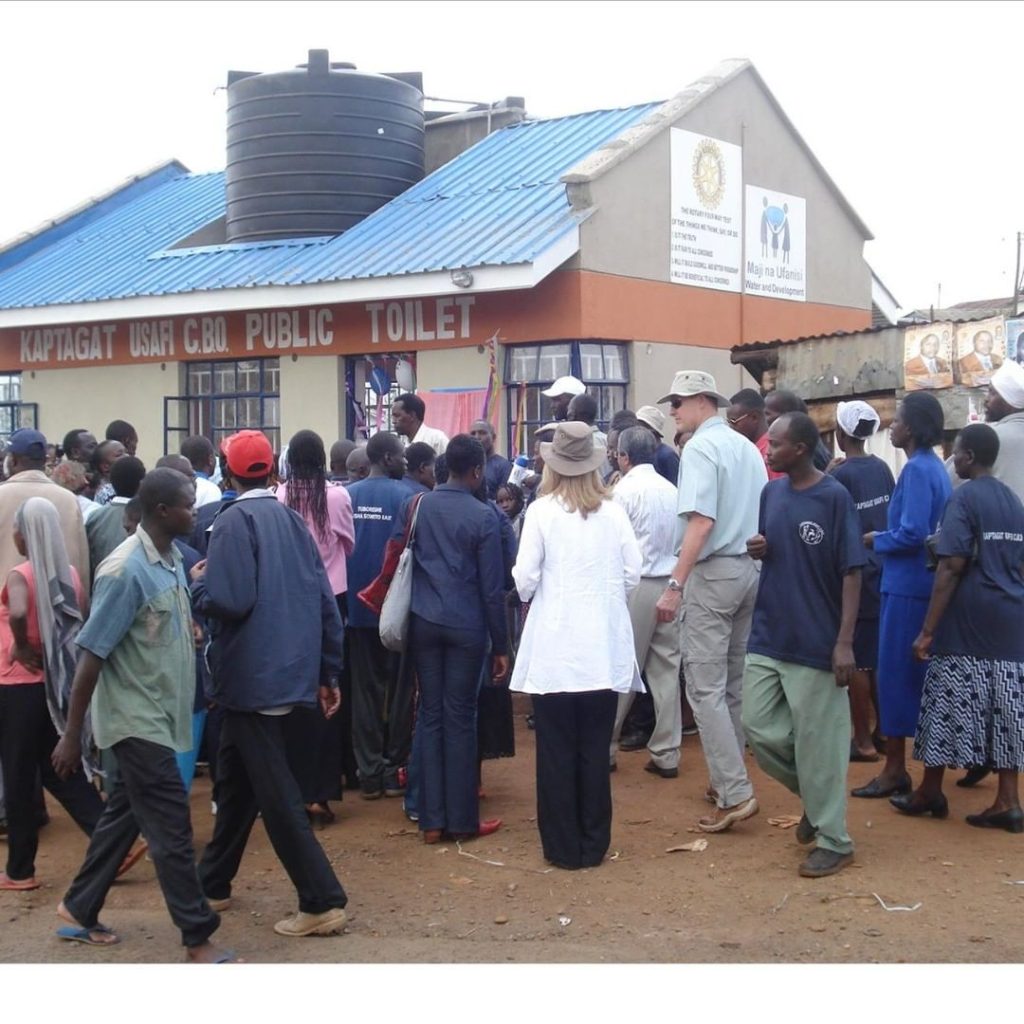
Effective WASH slum development follows key principles:
- Community participation: Projects succeed when residents help design, implement and maintain them. As the Kiambiu example shows, tokenism won’t cut it.
- Sustainability: Facilities must work long‑term; maintenance, revenue models and local ownership help.
- Equity: Special attention to women, girls, disabled, minority groups avoids reproducing power imbalances.
- Integration with broader services: WASH must link to drainage, roads, housing, education, livelihoods to build peace holistically.
- Conflict sensitivity: Projects must understand local dynamics, avoid exacerbating tensions (e.g., who controls the water kiosk?), and embed peace‑building from the start.
When WASH slum development is done superficially (just a tap or latrine dropped into a settlement) the peace and social‑cohesion benefits are minimal. But when done with participation, equity and quality, WASH becomes a peace‑building lever.
Also read:The Role of WASH in Building Climate Resilient Communities
How you can support WASH slum development and peace
For donors, philanthropists and partners who care about global health, sustainability and WASH, here are ways to engage:
- Fund community‑led WASH slum development projects that incorporate governance, capacity‑building and maintenance.
- Advocate for integrated slum upgrading (water, sanitation, hygiene, drainage, lighting, youth skills) because peace arises from whole‑system change.
- Support local organisations and networks (including grassroots groups) that know the social dynamics of the settlement and can embed WASH projects in the social fabric.
- Promote women‑led and youth‑led WASH interventions to boost agency, inclusion, and sustainable peace dividends.
- Monitor beyond outputs (taps, toilets)—track outcomes like community cohesion, reduction in conflict incidents, improved school attendance, improved time‑use for women, etc.
- Partner for scale: Projects like the K‑WASH programme (US$458 m) show how large‑scale investment in WASH slum development can be transformative.
Your support helps transform WASH slum development from simply infrastructure into a catalyst for dignity, equity and peace. Together with organisations like Maji na Ufanisi, we can shift the narrative of urban slums from marginalisation to inclusion.
Wrap‑Up
In Kenya’s dense urban slums, the basics of clean water, safe sanitation and hygiene education are far more than technical services. When executed well, WASH slum development becomes foundational to peacebuilding—by reducing resource‑conflict, building social cohesion, empowering the marginalised and enhancing resilience.
For purpose‑driven donors, this presents a compelling investment: infrastructure that not only saves lives but also rebuilds hope, resets relationships and restores dignity. If you believe in a world where slum‑dwellers are not invisible but empowered, not ignored but included, then WASH slum development is a frontline of change—and peace.
FAQs
- What exactly is WASH slum development?
It refers to interventions in urban informal settlements that strengthen water supply, sanitation facilities and hygiene behaviours—tailored to the slum context, inclusive of community engagement and sustainability mechanisms. - How does WASH slum development build peace?
By reducing competition over scarce resources, improving living conditions, promoting shared governance and strengthening social relations, WASH slum development addresses underlying drivers of conflict and fosters social cohesion. - Why is Kenya a relevant focus for WASH slum development?
Kenya has large informal settlements where many residents lack access to basic services. Statistics show around 46% of Kenya’s urban population live in slum‑type conditions. - Can WASH slum development alone solve slum challenges?
No—it is necessary but not sufficient. It must be integrated with housing, drainage, livelihood opportunities, education and local governance to fully build peace and transformation. - What makes a WASH slum development intervention high‑quality?
Key features: community participation from design to maintenance; equitable inclusion; sustainable operations; integration with other services; conflict‑sensitive implementation. - Are there examples in Kenya where WASH slum development succeeded?
Yes. Initiatives like the KISIP II in Nairobi improved sanitation blocks, water access and drainage in multiple settlements. Also, the Kiambiu example by Maji na Ufanisi emphasised community ownership. - How can philanthropists or donors engage with WASH slum development?
They can fund projects that embed governance, support community‑led models, partner for scale, monitor outcomes like peace and cohesion (not just toilets), and advocate for integrated interventions. - What are common obstacles in WASH slum development?
Challenges include land‑tenure issues, insecure funding, lack of community ownership, maintenance problems, exclusion of women/youth, and implementing in highly dense, informal contexts. - How many times should we integrate the term “WASH slum development” in our communications?
For SEO clarity (and this blog) the term is used frequently. In practice, you should use it several times in headings, body text, meta descriptions and captions—but always naturally for readability and authenticity.
What is the next step after installing infrastructure in a slum?
The next step is activating governance and maintenance systems (committees, local enterprises), embedding hygiene behaviour change, linking to livelihoods and ensuring the community feels ownership—thereby converting infrastructure into peace‑building social capital.

